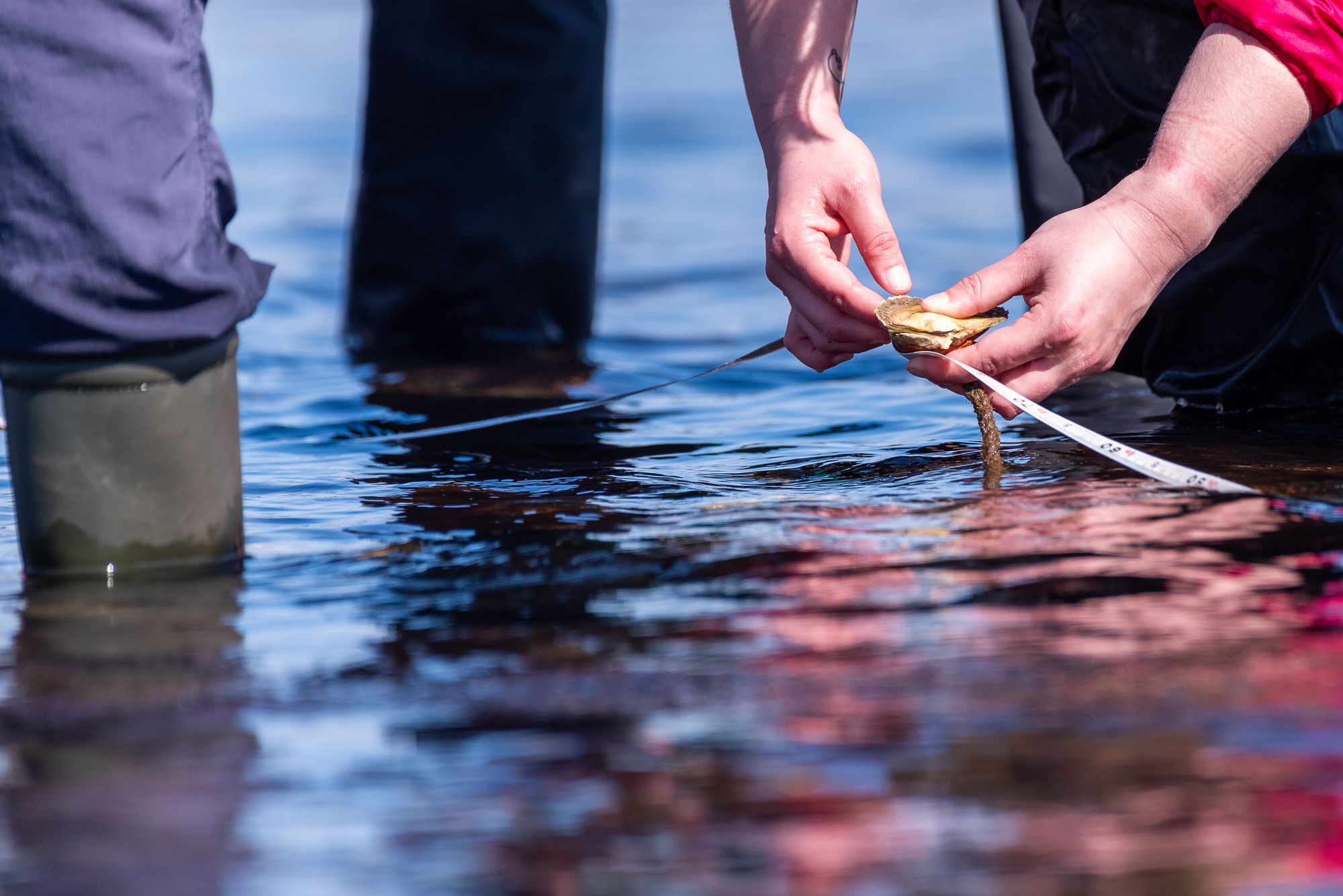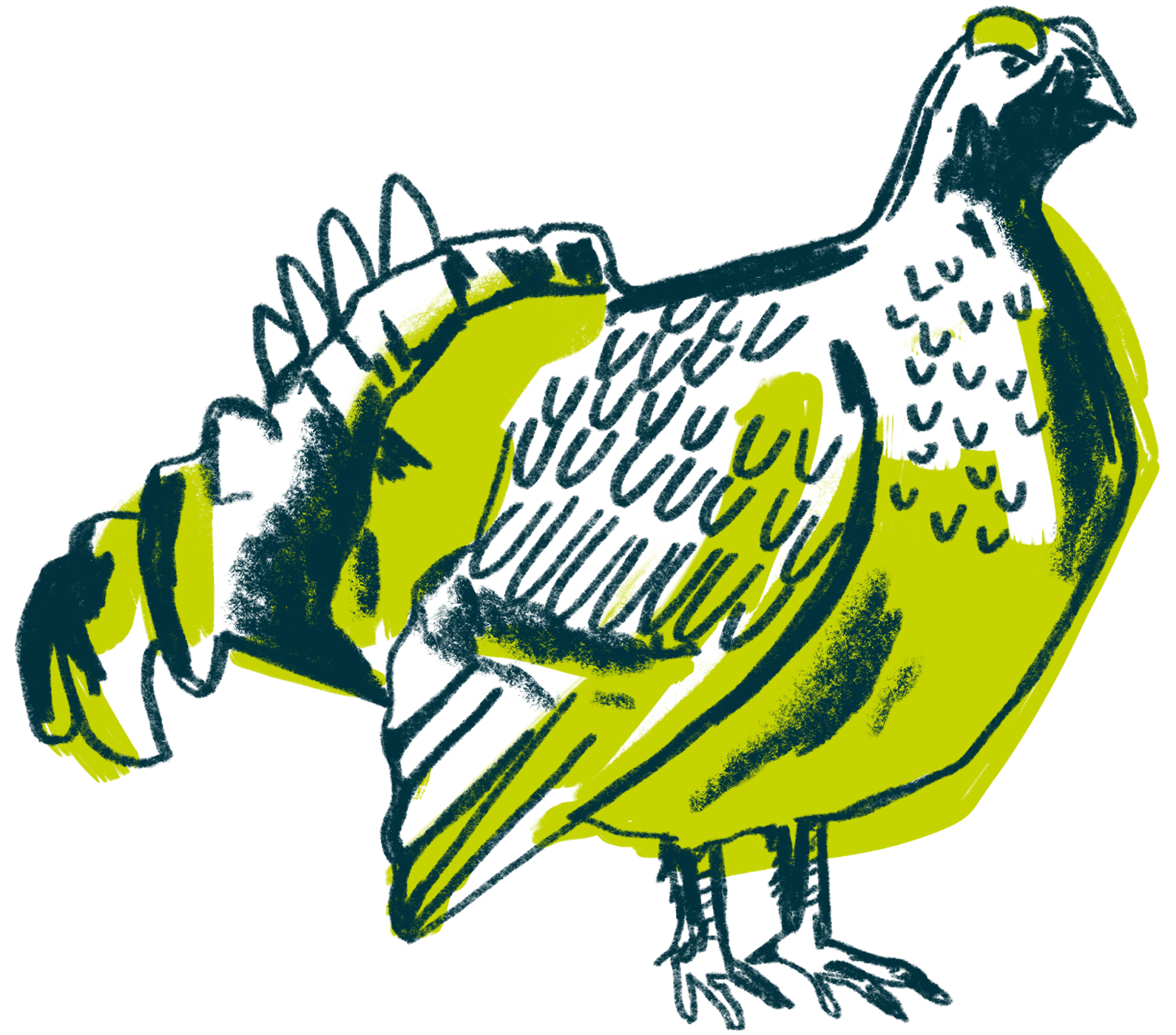
By Brita Ferguson, Campaigns Manager at WWF Scotland
In the Firth of Forth, small species are making some big changes.
It’s now our turn to do our bit by supporting the Natural Environment Bill. This is a rare opportunity to bring about meaningful protection for our amazing nature, and importantly help it recover.
Over the past three years, the award-winning Restoration Forth Project, alongside thousands of amazing volunteers, have been working to bring back seagrass meadows and European flat oysters in the Firth of Forth.
Seagrass ‘seeds of hope’
Under the surface, seagrass does wonders for the environment! It improves water quality, stores carbon, supports biodiversity and provides nursery habitats for fish. It even helps prevent coastal erosion by reducing wave energy.
This spring a further 64,300 seagrass seeds from four Scottish locations were planted, bringing the total to 210,000 seagrass seeds planted at three locations – Burntisland Sands, Belhaven Bay, and Drum Sands. These ‘seeds of hope’ will be monitored throughout the year, and their growth will help guide future seagrass restoration efforts.
Hear from volunteers who helped harvest and plant these tiny seeds of hope.
Promising results for oysters
The Firth of Forth was once home to extensive European flat oyster beds. These oysters played a crucial role in our seas, stabilising the seabed, storing carbon, and boosting biodiversity. But sadly, due to overfishing and pollution by the early 1900s they were almost extinct in the region.
As part of Restoration Forth, scientists and communities have joined together to help restore these once abundant oyster beds by reintroducing 40,000 European flat oysters.
In even better news, recent survey results show that oysters introduced to the Forth last autumn are settling nicely into their new home, with an incredible 85% survival rate so far and average growth of 4.5mm.
We can repair and protect
When nature is restored and protected, nature restores and protects itself. Seagrass and oysters are great examples of nature working in harmony. When thriving, these two species can help each other – oysters filter water thereby potentially letting more sunlight in to reach the seagrass. In turn seagrass meadows stabilise the seabed which may help the oysters stabilise and multiply.
This is only one small example of what is possible. Many Scots will probably be horrified to learn that despite our beautiful countryside and stunning scenery, Scotland is officially one of the most nature-depleted countries on the planet. We’re already at risk of losing more than 10% of our wild species. That’s why it’s absolutely crucial to halt and reverse nature loss now.
Nature needs your help
This autumn MSPs in the Scottish Parliament will debate the Natural Environment Bill, which is a vital opportunity to put us on the road for nature recovery.
The Natural Environment Bill must be a turning point for nature. It must have the power to stop and reverse nature loss and hold future Scottish governments to account.
If you love nature and want our leaders to know it – join us outside the Scottish Parliament on 12 June to demand action NOW! More info here.
Learn more about Restoration Forth here.

